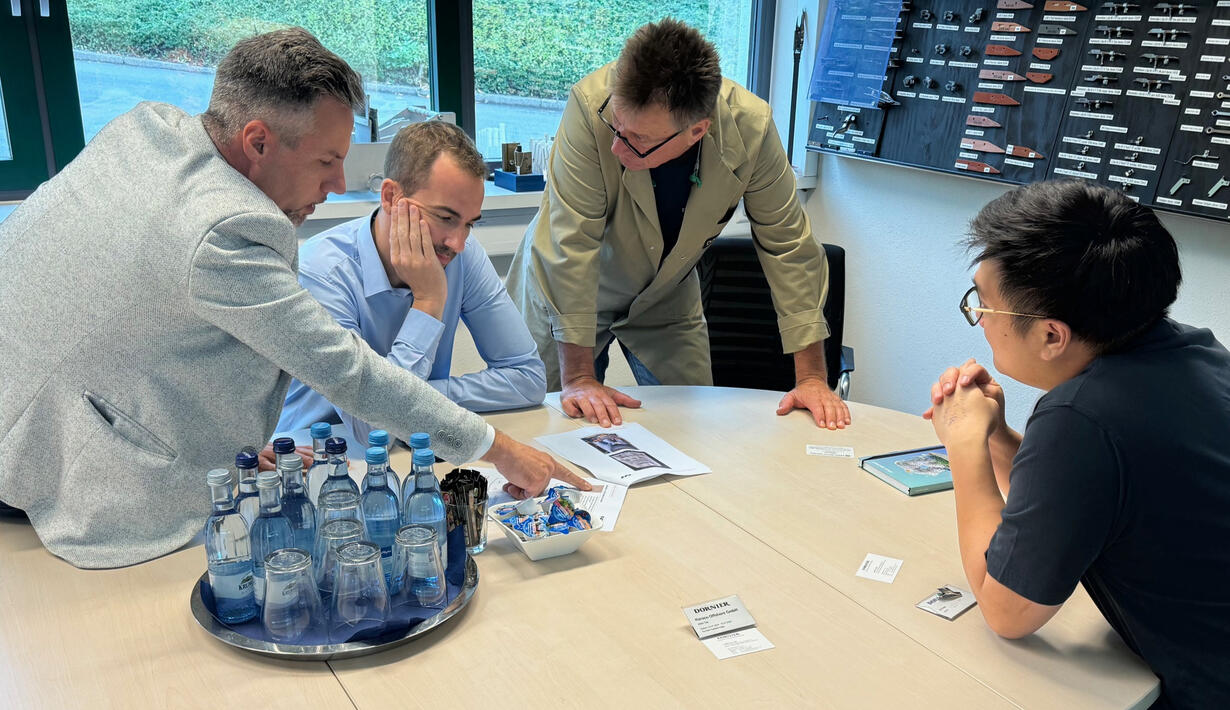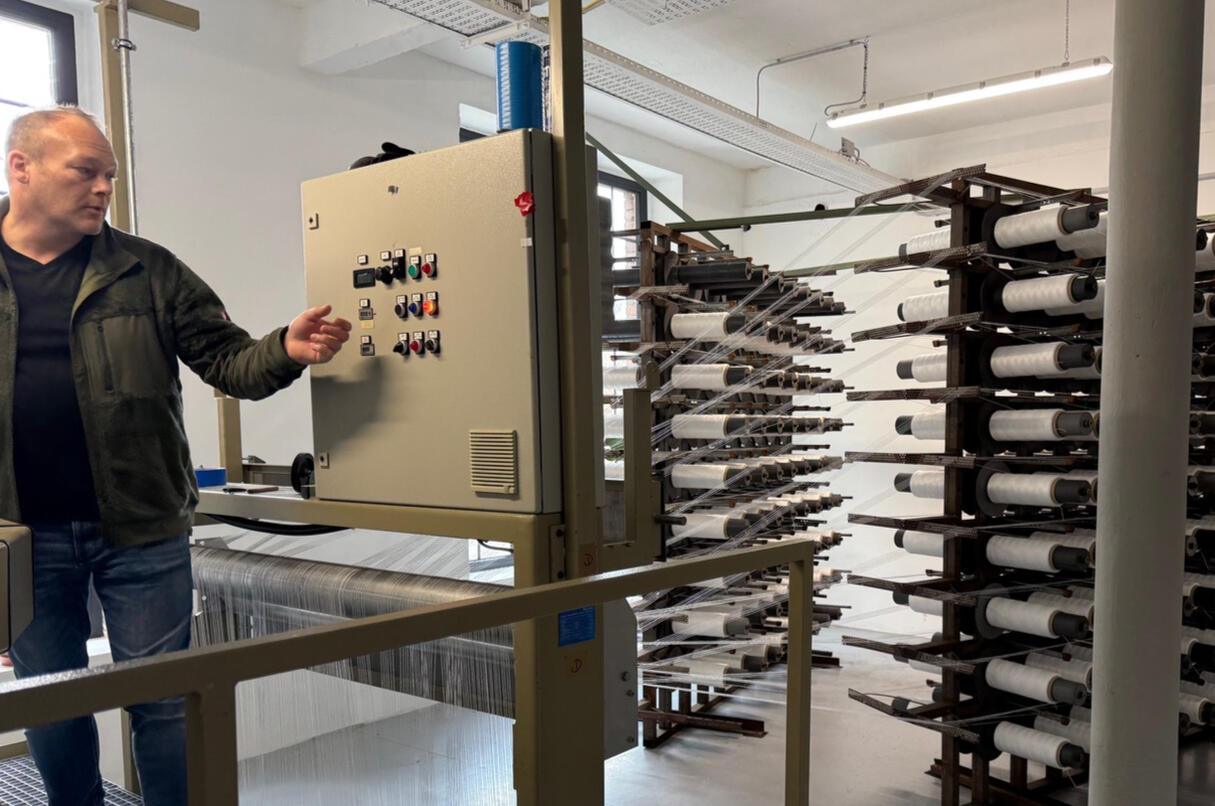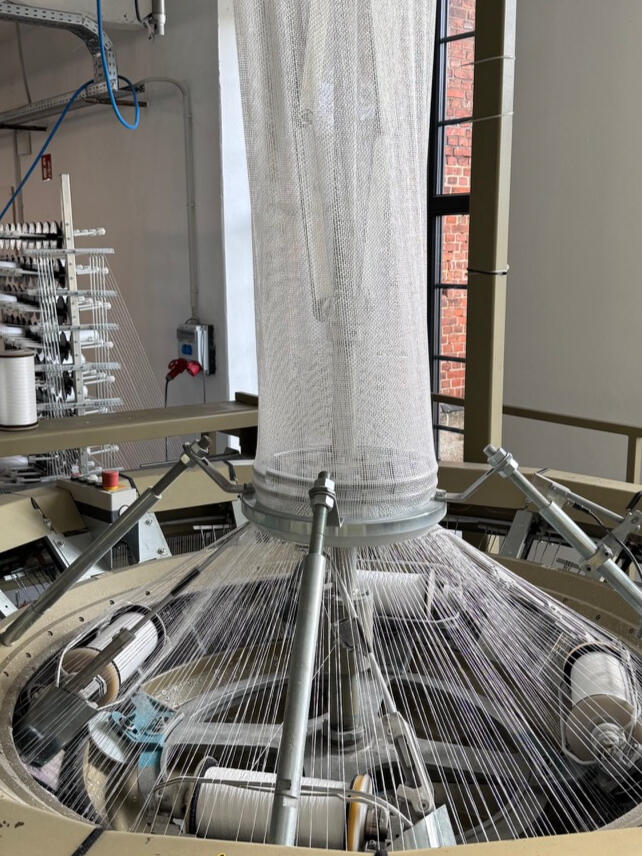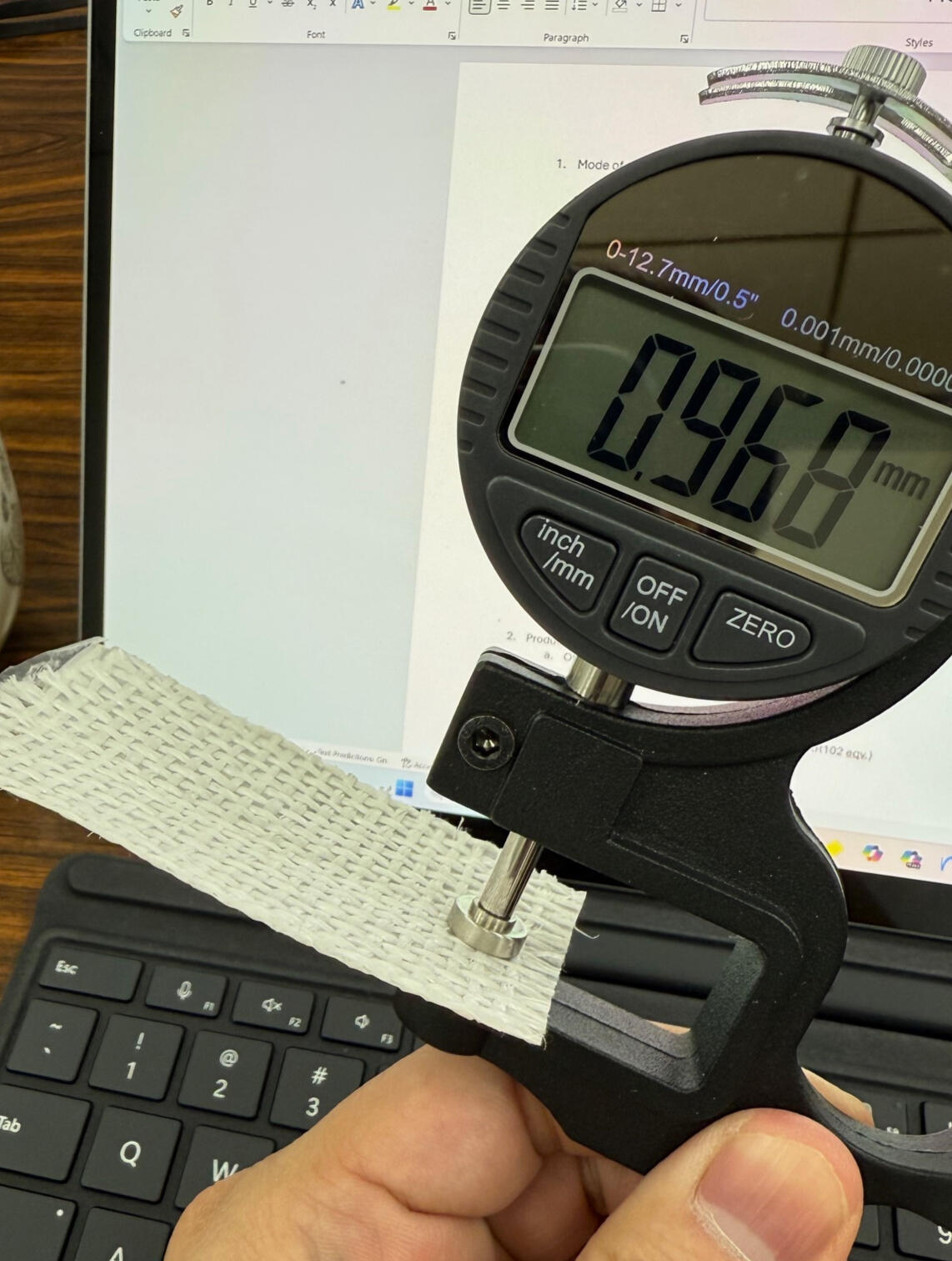Our Story
Our story began on the ground in Pasir Gudang, Malaysia, as a fumigation service provider for a client handling large quantities of cocoa beans daily.Tasked with keeping their warehouses pest-free, we worked daily amid vast inventories of beans. In the early days, fumigation was conducted using phosphine, just like everyone else, but we were obsessed with experimenting the process with variables - changing plastic liners, sealing methods, dosages, exposure times, and gas readings. Yet, despite all requirements, results plateaued.The culprit wasn't process - it was biology. We learned that the pest had developed resistance.Then we introduced sulfuryl fluoride, a cleaner, residue-free fumigant that we thought would end the problem. The improvement was striking, but not complete. Infestation decreased but never vanished. Further investigation revealed that poor penetration into the stacks was the root-cause.We looked closer at the overlooked variable: the packaging itself.Conventional polypropylene sacks, standard for cocoa and coffee, were actually blocking fumigant flow. Moisture built-up inside, creating micro-environment perfect for mold and pest resurgence.The discovery changed everything. We realized that no matter how advanced the fumgant is, the bag remained the silent barrier.From that insight, the idea of Fumiable was born - we began reimagining a new type of packaging with sufficient permeability to balance the moisture and allow fumigant penetration better.
Conceptualizing Fumiable
Once we understood the root of the ineffeciency in the bag itself, the next challenge was to imagine what could replace it. The mission was clear - to create a sack that breathed like jute, yet performed like engineered polymer.At first, we thought the solution might lie in modifying existing fabrics. We explored Leno-type woven material, which already allowed natural airflow. In theory, it seemed ideal: permeable enough for fumigant movement, yet familiar in structure. The only missing piece was strength. Cocoa demanded a tougher, more rugged weave - one that could withstand export handling, stacking, and the pressure of mass storage.We approached manufacturers across China and Vietnam, asking them to increase yarn counts and thickness to strengthen the weave. To our surprise, every response was the same: technically impossible. The machinery wasn't built for such configuration.Still determined, we traveled to Dornier in Lindau, Germany, home of one of the world's most advanced Leno weaving research facilities. There, we confirmed our suspicion - what we were asking for didn't exist in the market. Creating such fabric would require massive re-engineering.But we never stopped searching. Until finally a factory in Bosnia who never really understood the fumigation science, but was touched by our intent agreed for a joint-research and collaboration to develop the world's first Fumiable.
A Missing Puzzle
The work that followed was painstaking. Open pores disrupted machine automation - folding systems slipped, stitching failed, yarns twisted. Every test produced new lessons. But after countless refinements - adjusting thread counts, recalibrating tension, rewriting machine parameters, the first viable prototype finally emerged: machine-woven, hand sewn, and perfectly breathable.When we sent the first sample to our customer, they were delighted and ordered for a subsequent 3000 pcs.That early success brought its own crisis. Manual sewing could not sustain industrial volumes, and automation still struggled with the delicate open weave. We needed a production leap, not another minor fix. Then came the moment of inspiration.During a work trip to Taiwan, a small everyday observation changed everything. Observing a local bubble-tea vendors seal their cups with thin plastic film - effortlessly heat-laminated over the rim sparked a thought: If such lightweight film could stabilize a liquid-filled cup, could a similar lamination stabilize our woven fabric for automated handling and fray prevention?The question became the breakthrough.We adapted the idea into Fumiable's signature stripe lamination - a reinforced band applied along the sack's top and bottom edges, giving it structure without suffocating breathability, enabled automated folding and sewing, and created a clean surface for branding and quality markings.A simple idea borrowed from another industry became the key that unlocked scalable production.It was a reminder that innovation doesn't always arrive from research labs or budgets - sometimes, it's born from paying attention.





Should you have any further enquiries, please do not hesitate to contact us for supporting documentation or clarification. All correspondence may be directed to KYCZ Pte. Ltd. or [email protected]
About Fumiable®
Product / Resources
Connecting with us
© 2025 KYCZ Pte. Ltd. All rights reserved.
“Fumiable,” the stylized “f” emblem, and associated designs are registered trademarks of KYCZ Pte. Ltd., Singapore.
The information contained herein is accurate at the time of publication but may be amended, updated, or withdrawn without prior notice.
Unauthorized reproduction, imitation, or use in any form constitutes an infringement of intellectual property rights and may result in legal action.


